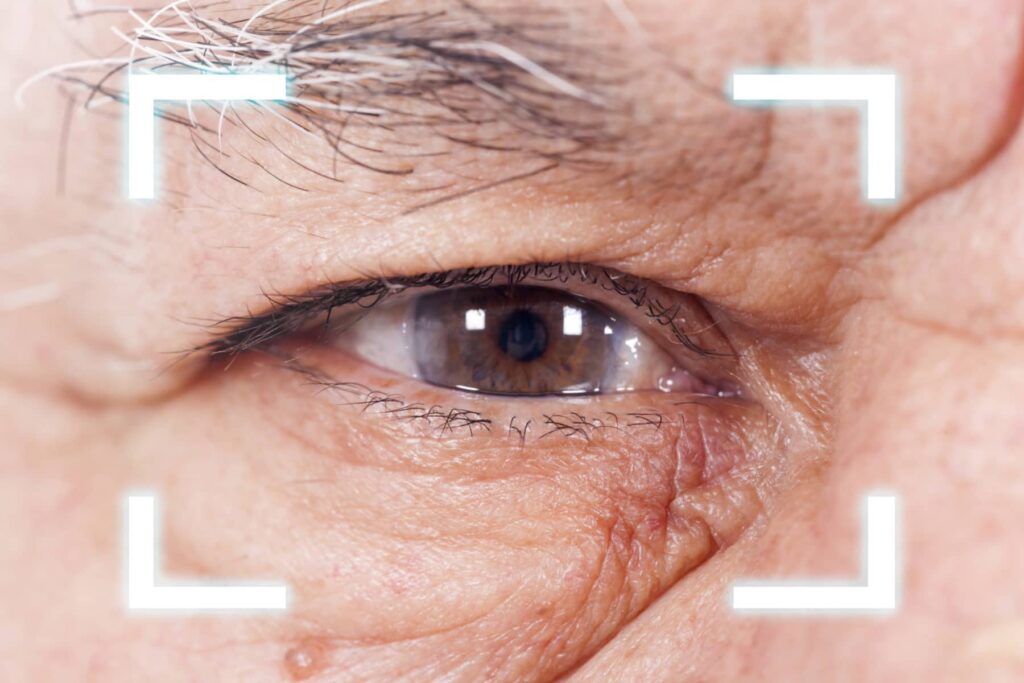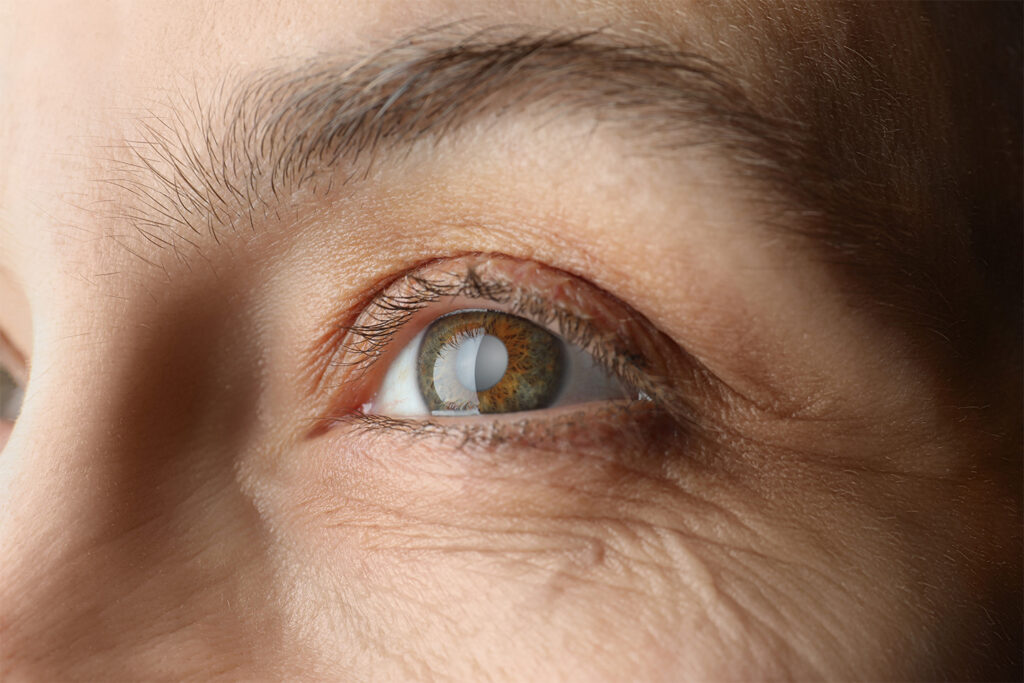Cataracts are a common eye condition that affects millions of people worldwide. Understanding the condition, available surgical options, and the recovery process is vital for those facing surgery. This guide will provide a comprehensive overview of cataracts, types of surgeries available, preparation for surgery, what to expect during the procedure, and the benefits of cataracts surgery.
Understanding Cataracts
Cataracts develop when the natural lens of the eye becomes cloudy, leading to blurry vision. This condition usually progresses gradually and can significantly impact daily life and the retinal eye.
What are Cataracts?
Cataracts are a clouding of the eye’s lens, which is located behind the iris and pupil. This lens is responsible for focusing light onto the retina at the back of the eye. When cataracts form, the cloudiness can block light and cause difficulty seeing clearly.
Most cataracts are related to aging, but other factors can also contribute to their development. They can occur in one or both eyes and are classified into several types based on their location and shape. For instance, nuclear cataracts form in the center of the lens and are often associated with aging, while cortical cataracts develop around the edges and can affect peripheral vision. Posterior subcapsular cataracts, on the other hand, form at the back of the lens and can cause more rapid vision changes, often affecting reading and night vision.
Causes and Symptoms of Cataracts
The primary cause of cataracts is aging; however, other factors may include genetic predisposition, prolonged exposure to UV light, certain medical conditions like diabetes, and lifestyle choices such as smoking and excessive alcohol consumption. Additionally, some medications, particularly long-term use of corticosteroids, can also increase the risk of developing cataracts.
Common symptoms of cataracts include:
Blurred or cloudy vision
Difficulty seeing at night
Increased sensitivity to glare
Fading or yellowing of colors
Frequent changes in prescription glasses or contact lenses
If you experience any of these symptoms, it is essential to schedule an eye examination with a qualified optometrist or ophthalmologist. Early detection is crucial, as cataracts can often be treated effectively before they lead to significant vision impairment. Regular eye exams become increasingly important as one ages, allowing for timely intervention and management of cataracts, as well as other age-related eye conditions.
In addition to regular check-ups, maintaining a healthy lifestyle can play a role in reducing the risk of cataracts. A diet rich in antioxidants, such as vitamins C and E, can help protect the eyes from oxidative stress. Foods like leafy greens, nuts, and fish are beneficial for eye health. Furthermore, protecting your eyes from UV exposure by wearing sunglasses and hats can also help mitigate the risk of cataract formation. Read more about maintaing a healthy life style at https://www.health.harvard.edu/blog/healthy-lifestyle-5-keys-to-a-longer-life-2018070514186

Types of Cataracts Surgery
Once cataracts significantly impact vision and daily activities, surgery may be recommended. There are several surgical options, each with its own techniques and benefits.
Phacoemulsification
Phacoemulsification is the most common cataract surgery technique. In this minimally invasive procedure, the ophthalmologist uses ultrasound waves to break up the cloudy lens into tiny fragments, which are then suctioned out of the eye.
After removing the cataract, an artificial intraocular lens (IOL) is implanted to restore focus. This procedure typically takes less than an hour and allows for a relatively quick recovery time. Patients often experience significant improvement in their vision within days, and many can return to normal activities shortly after the procedure. Additionally, phacoemulsification has a low complication rate, making it a preferred choice for many ophthalmologists.
Extracapsular Cataract Surgery
Extracapsular cataract surgery is less common than phacoemulsification but may be used in more advanced cases. This method involves making a larger incision in the eye to remove the cloudy lens in one piece rather than breaking it up.
After the lens is removed, an IOL is implanted, similar to phacoemulsification. This technique may provide better outcomes in cases where the cataracts are denser or more complicated. Recovery from extracapsular surgery may take a bit longer, and patients are often monitored more closely for potential complications. However, this method can be particularly beneficial for patients with certain pre-existing eye conditions that complicate the surgery.
Intracapsular Cataract Surgery
Intracapsular cataract surgery is rarely performed today due to advances in less invasive techniques. It involves the complete removal of both the cataract and the capsule surrounding the lens.
This method may be necessary in certain complex cases but carries a higher risk of complications and requires careful postoperative management. It is important to discuss the most suitable option with your ophthalmologist based on your individual condition. Patients undergoing this type of surgery may need to rely on additional visual aids post-surgery, as the removal of the capsule can affect the stability of the IOL. Furthermore, the recovery process may involve more extensive follow-up visits to ensure that the eye heals properly and to monitor for any signs of complications, such as inflammation or infection.
Preparing for Cataracts Surgery
Proper preparation for cataracts surgery plays a crucial role in ensuring a successful outcome. This phase includes an initial consultation, detailed eye examinations, and following specific pre-surgery instructions.
Initial Consultation and Eye Examination
During the initial consultation, your ophthalmologist will evaluate your condition and discuss the appropriate surgical options. A thorough eye examination will assess your overall eye health and vision, including tests that measure the curvature of your cornea and the size of your pupils.
This information will help determine the best type of intraocular lens for your needs. Additionally, your doctor will review your medical history and any medications you’re currently taking to anticipate any risks associated with the surgery. It’s also an opportunity for you to ask any questions you may have about the procedure, recovery time, and expected outcomes, ensuring you feel informed and comfortable moving forward.
Pre-Surgery Instructions
Prior to surgery, your doctor may provide several instructions to ensure the procedure proceeds smoothly. This may include:
Avoiding blood thinners and certain supplements that may interfere with bleeding.
Arranging for someone to drive you home post-surgery, as you’ll likely be under anesthesia.
Following specific dietary guidelines, such as fasting before the procedure.
Adhering to these instructions is essential to reduce the risk of complications and enhance your overall experience. Moreover, it is advisable to prepare your home for your recovery period. This may involve setting up a comfortable resting area with easy access to essentials like water, medications, and entertainment, as you may need to limit your activities for a few days following the surgery. Additionally, consider discussing your post-operative care plan with a family member or friend, as their support can be invaluable during your recovery.
Another important aspect of preparation is to ensure you have a clear understanding of the timeline for your surgery and follow-up appointments. Knowing when to return for check-ups can help you stay on track with your recovery and monitor your healing process effectively. Your doctor may also provide you with information on what to expect in terms of vision changes, potential side effects, and the signs of complications that would warrant immediate medical attention, empowering you to take an active role in your health care journey.
The Cataracts Surgery Procedure
Understanding what to expect during the surgery can help alleviate anxiety. The procedure is typically performed in an outpatient setting and usually lasts less than an hour.
What to Expect During Surgery
On the day of the surgery, you will be taken to the operating room where eye drops will be administered to numb your eye. You may also receive a sedative to help you relax. The procedure involves creating an incision in the cornea and using either phacoemulsification or the chosen method to remove the cataract. Phacoemulsification is a popular technique that uses ultrasound waves to break up the cloudy lens into tiny pieces, which are then gently suctioned out of the eye. This method is favored for its minimally invasive nature and quicker recovery time.
Throughout the process, you should feel minimal discomfort. Many patients are awake and alert but often do not remember the details afterward due to the sedation. The surgical team will be there to guide you through the experience, explaining each step as it unfolds. This reassurance can be particularly beneficial for those who may feel anxious about the procedure. Additionally, the use of advanced technology and techniques has significantly improved the outcomes of cataract surgery, making it one of the most commonly performed and successful surgeries in the world.

Post-Surgery Procedure
After the surgery, you will be taken to a recovery area where your vital signs will be monitored. You will need someone to drive you home, and you may be prescribed anti-inflammatory and antibiotic eye drops to reduce inflammation and prevent infection. It is crucial to adhere to the prescribed regimen, as proper medication can significantly enhance your recovery process. You might also be advised to wear an eye shield, especially while sleeping, to protect your eye from accidental rubbing or pressure.
It’s essential to avoid strenuous activities for a few weeks and follow all postoperative instructions to facilitate recovery. Regular follow-up appointments will be scheduled to monitor healing and ensure the lens is positioned correctly. During these visits, your eye doctor will assess your vision and may perform tests to check for any complications. Many patients experience a dramatic improvement in their vision shortly after surgery, often reporting that colors appear brighter and clearer than before. This newfound clarity can greatly enhance daily activities, from reading to driving, and can lead to an overall improved quality of life. To learn more about the recovery after surgery click here.
Benefits of Cataracts Surgery
Cataracts surgery is generally safe and effective, offering numerous benefits to patients who undergo the procedure.
Improved Vision Quality
The primary benefit of cataracts surgery is improved vision. Patients often experience clearer, sharper vision soon after surgery, drastically enhancing their quality of life. Many report being able to engage in activities they struggled with, such as reading, driving, and watching television.
With the removal of cataracts and the placement of a new lens, patients can regain their independence and feel more confident in their daily routines. This newfound clarity can also have a profound impact on emotional well-being, as individuals often express feelings of joy and relief at being able to see the world around them more vividly. The colors seem brighter, and the details that were once obscured by cloudiness come back into focus, allowing for a richer experience of life.
Enhanced Lifestyle and Independence
Beyond just improved vision, cataracts surgery can lead to an enhanced lifestyle. Patients often find they can resume hobbies and activities they loved but had to abandon because of deteriorating vision.
From engaging in outdoor activities to enjoying family gatherings, the newfound clarity helps restore a sense of normalcy and independence that many patients thought they had lost forever. Furthermore, the ability to participate in social activities without the hindrance of poor vision can significantly boost self-esteem and foster stronger connections with friends and family. Many patients report feeling more inclined to travel, explore new places, or even take up new hobbies, such as painting or photography, that they had previously set aside.
Moreover, the benefits of cataracts surgery extend beyond the individual. Families often notice the positive changes in their loved ones, as improved vision can lead to more active participation in family events and gatherings. This shared joy can strengthen bonds and create lasting memories, making the decision to undergo surgery not just a personal milestone but a family celebration.
In conclusion, if you’re considering cataracts surgery, understanding the types, preparation, procedure, and potential benefits can empower you to make informed decisions regarding your eye health. Speak with your ophthalmologist to discuss your symptoms and the best personalized approach for your condition.
Related : Sydney’s Top Cataract Surgery Options: Choosing the Best Care for Your Eyes

